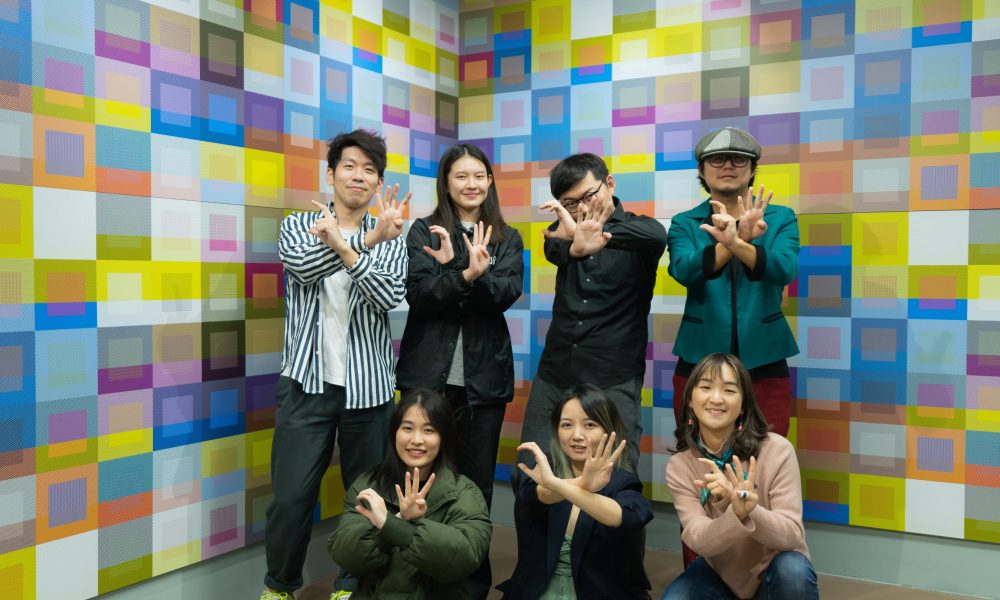

Today we’d like to introduce you to Lisha Chen. They and their team shared their story with us below:
Decheng Cui and Lisha Chen are a Chinese artist couple who both got their master’s degree from the School of the Art Institute of Chicago. They founded 4C Gallery in Los Angeles, where “4C” stands for “for contemporary, for conceptual, for Chinese Language Community.” It is a contemporary art gallery located in San Gabriel, with a focus on contemporary and conceptual art, bilingual services, and high-quality exhibitions held every month. They also frequently hold various cultural events, including small concerts, dark music listening parties, AI and tarot fortune-telling, feminist salons, anti-male gaze art workshops, and performance art festivals.
Why do we do this?
Creating a cultural institution is an extremely difficult task. For Lisha, it is actually due to dissatisfaction with the status quo. Lisha said, “When I was in art school, there were a lot of Chinese or Asian classmates around me, but they all disappeared after graduation.” On the one hand, because galleries rely heavily on connections, Chinese, or Asian artists, have a hard time breaking into mainstream galleries due to language or cultural barriers. On the other hand, in contemporary art, many artists’ works are conceptually oriented, they are hardly accepted by commercial galleries. And conceptual works often require a specific cultural context. Moreover, if it involves social issues, the relationship between the artist and the audience is more than just that of a viewer and creator. Artists need to share some context with the audience, and have deeper communication, to give the work meaning. This is why we organize so many cultural activities to promote deep conversation. I believe that although these conceptual artworks are almost impossible to sell, they are very valuable.
I believe that the interaction between artists, works, and audiences can produce some intellectual results. If this happens in the Chinese community, it can cultivate its own culture belonging to the new generation of Chinese immigrants. When it comes to the culture of new immigrants, most new immigrant artists feel like they are walking on the edge of two worlds, one is the homeland that will never fade, and the other is the new home that cannot be integrated. I hope to provide a broader spiritual space for those who walk in the gap between the two worlds, to cultivate their own cultural soil.
For Decheng, it is not so much about why they created this space, but why they entered the cultural industry. Creating this space is actually because he wants to help Lisha realize her ideal. But doing culture is what he wants to do most. He believes that technology solves “how to do,” while culture solves “what to do.” When “how to do” is far faster than “what to do,” people will become confused. People are now in a time when they need spiritual faith very much. Now, web3 is booming, and money and people are constantly pouring into web3, investing in the imagination of another future (even the web3 industry can’t really explain what they are doing). This actually reflects the confusion of the present. The world is chaotic, history is regressing, and systems are failing. We urgently need more cultural space.
The 4C Gallery’s location was actually chosen because of the invitation from the landlord, reflecting the urgent need for a spiritual and cultural center in this neighborhood. Later, they often chatted with their neighbors in San Gabriel, and they were all happy that a cultural institution had opened here, as everyone’s impression of San Gabriel was just a gathering place for Chinese restaurants. But now, with the increasingly strong cultural atmosphere of San Gabriel, as Mayor Ding of San Gabriel said, “San Gabriel has more than just Chinese restaurants, it also has history and culture.”
I’m sure you wouldn’t say it’s been obstacle free, but so far would you say the journey have been a fairly smooth road?
1. We are new residents of Los Angeles, and we used to live in Chicago. It’s been difficult for us to get started here because we lack connections in Los Angeles.
2. Low income. It is very difficult to sell works from a small gallery, and we do not rely on selling works to sustain our operations. In the future, we hope to convert to a non-profit organization to obtain donated funds.
3. Operating costs. To reduce startup costs, we renovated the space ourselves. It was tiring to do everything from renovating the space, applying putty, painting walls, laying flooring, and so on. If we take into account the cost of labor, the investment far exceeds the return, which is also a challenge faced by all cultural industries.
Can you tell our readers more about what you do and what you think sets you apart from others?
My name is Li Sha Chen, born in Chongqing, China, and I hold a master’s degree from the School of the Art Institute of Chicago. Currently, I live and work in Los Angeles as a cross-media artist, primarily focusing on performance art and video. My work revolves around the fluidity of modernity, often reflecting interdisciplinary characteristics that intersect with anthropology and sociology.
In the article “The Nearby: A Scope of Seeing” by anthropologist Xiang Biao, he cited one of my works, “A Cube Head,” which focuses on food delivery drivers. I participated in the Youth Policy Program at the Power Station of Art, a contemporary art museum in Shanghai, where I completed a residency exploring the intersection of anthropology and art. “HUMAN ⇄ GHOST: Food Delivery Drivers as Locals, Strangers, and Wanderers” is a documentary I created on algorithms and new immigrants, which has been exhibited and awarded globally.
As an artist, I value the utmost sincerity in the creative process. I maintain a high level of self-reflection and critique regarding my work. After completing “HUMAN ⇄ GHOST,” I felt that documentaries were a good medium, but they still objectify the subjects being observed. I realized that I could better understand their experiences by becoming one of them, so I joined a food delivery company and captured extensive footage for my next project.
What sets me apart is my continuous contemplation of what art should look like after postmodernity and how art and society should interact. From sculpting to documentary filmmaking to founding 4C gallery, my journey has been guided by a determination to genuinely effect change rather than remaining isolated in an ivory tower.
I am most proud of my ability to challenge conventional perspectives and engage with the communities I depict in my work. By immersing myself in their lives, I strive to create art that fosters meaningful connections between people and the world around them.
What does success mean to you?
For me, the question of what success means dates back to my early years. I was born into a broken family, and as a child, I was introverted and often felt depressed. It was during that time that manga saved me. Even though I was alone, having manga by my side brought happiness to my childhood. I found warmth in the illustrated stories, learning about courage, friendship, and love.
As I grew older, I hoped that I could share the warmth I received from art with others. To me, success is the ability to touch people’s lives through my work, just as I was impacted by the art I experienced as a child. Success means creating something that brings light and warmth to others, inspiring them to face life with courage, embrace friendships, and spread love.
Contact Info:
- Website: 4cgallery.com
- Instagram: https://instagram.com/4c_gallery?igshid=YmMyMTA2M2Y=
- Youtube: https://youtu.be/BDXVgo7vwNc
- Other: https://www.lishaaa.net/
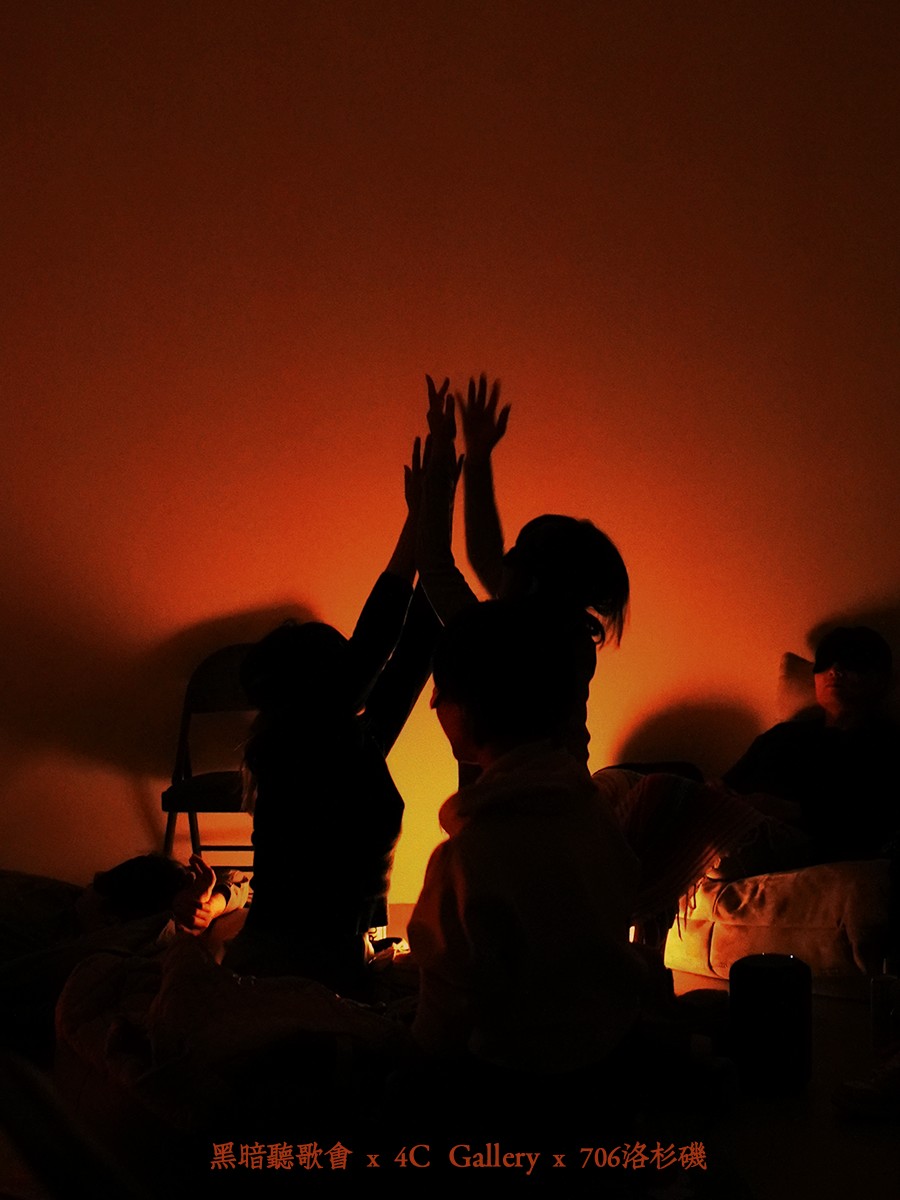
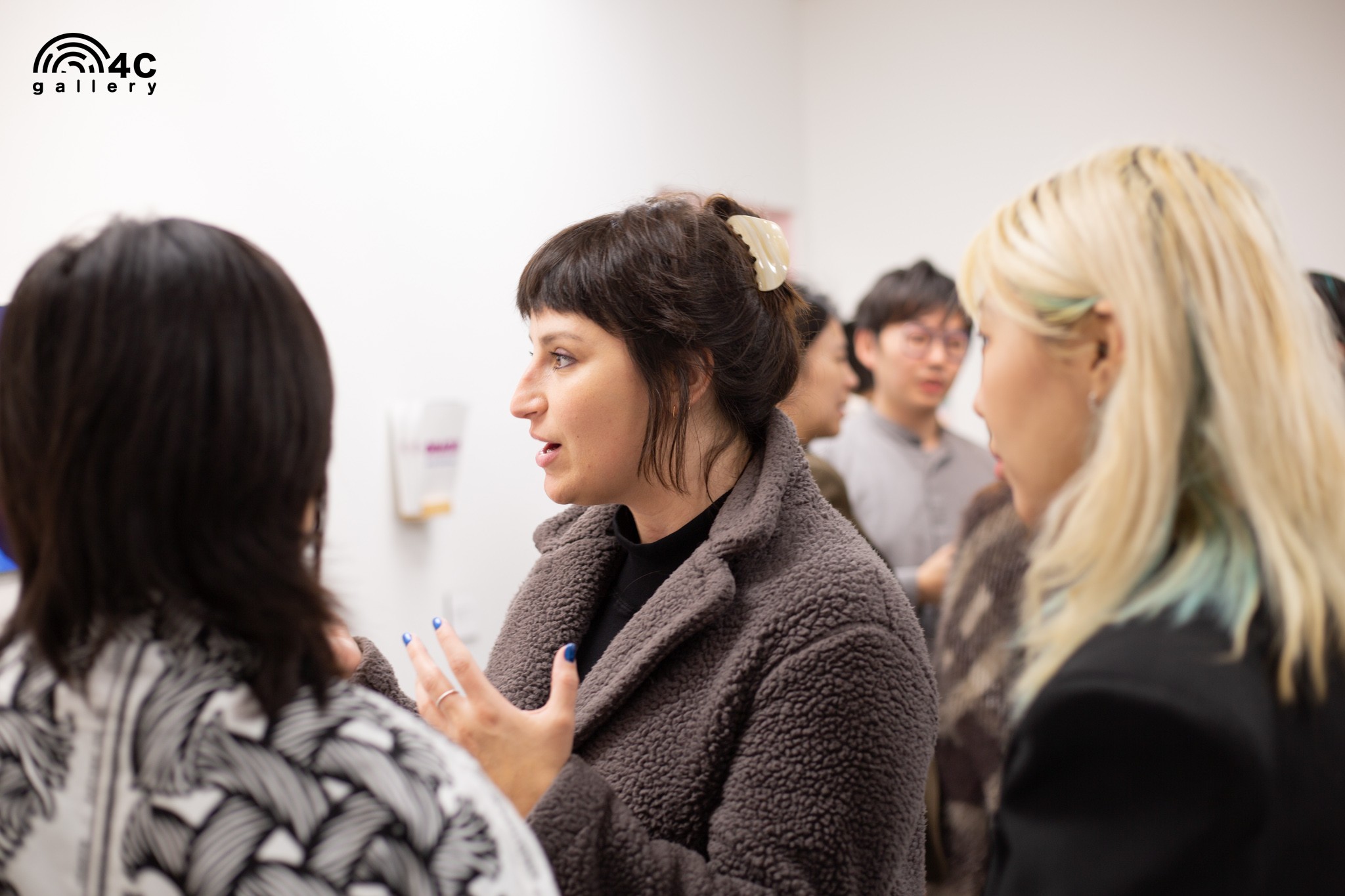
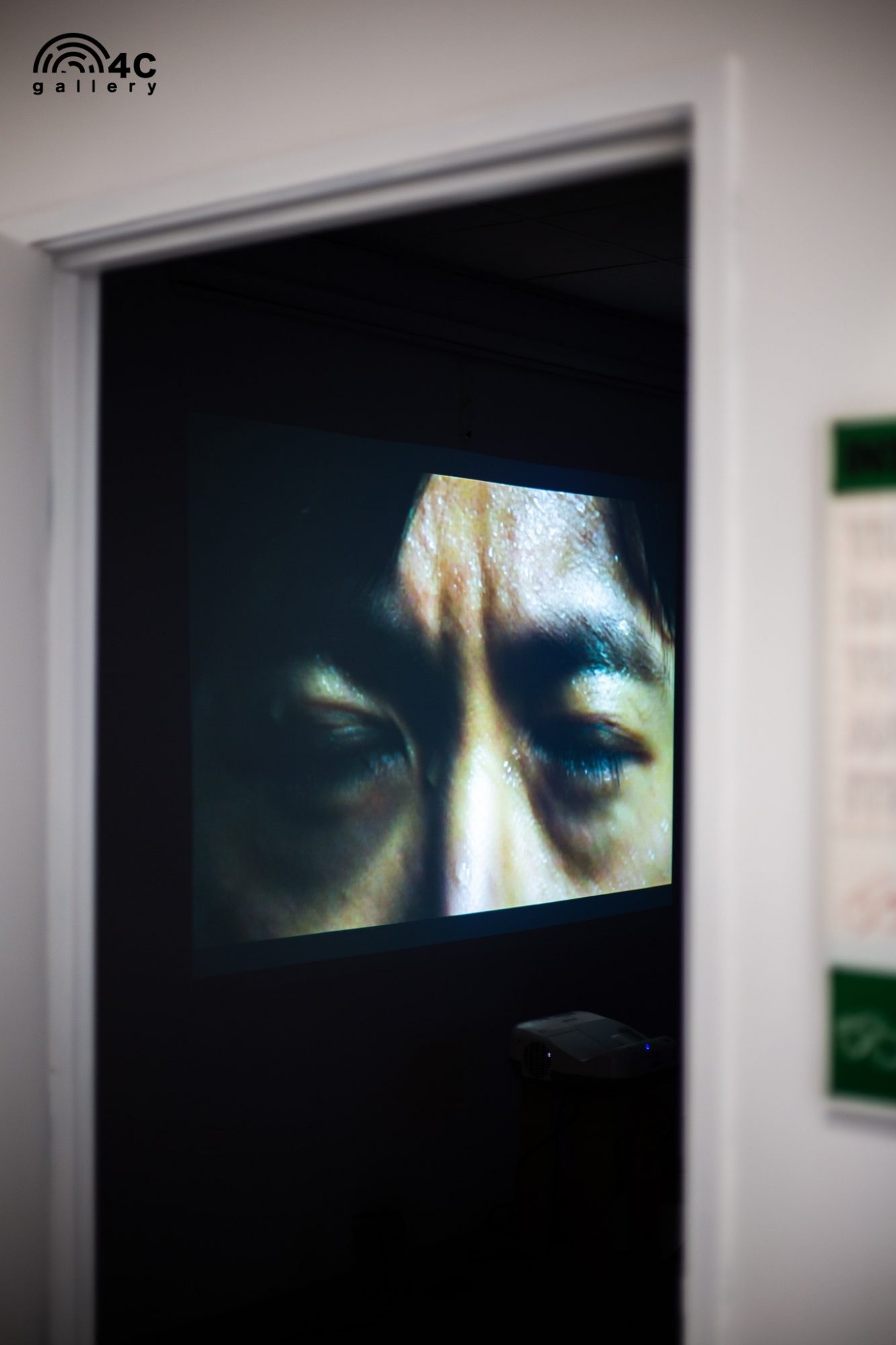
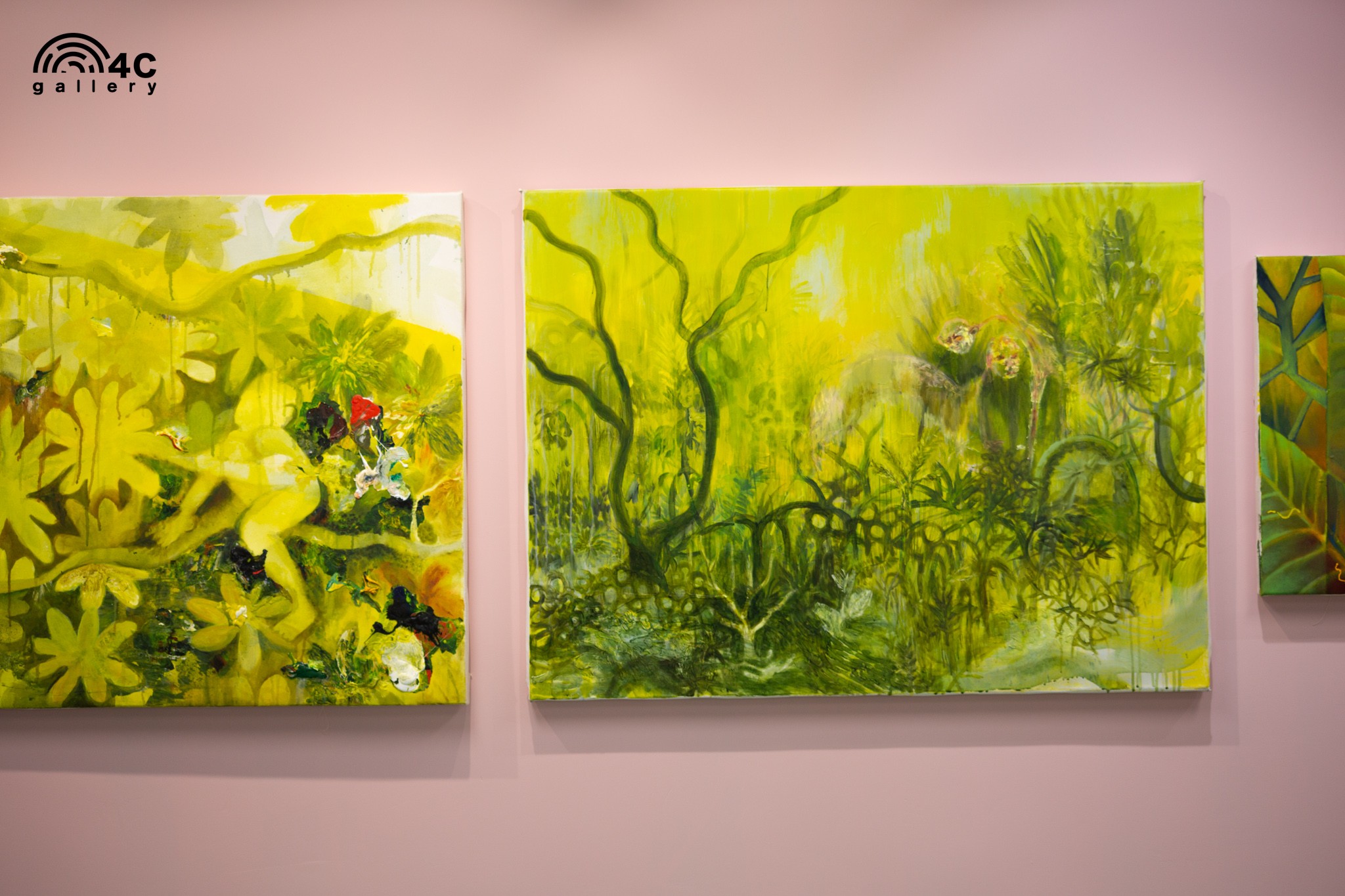
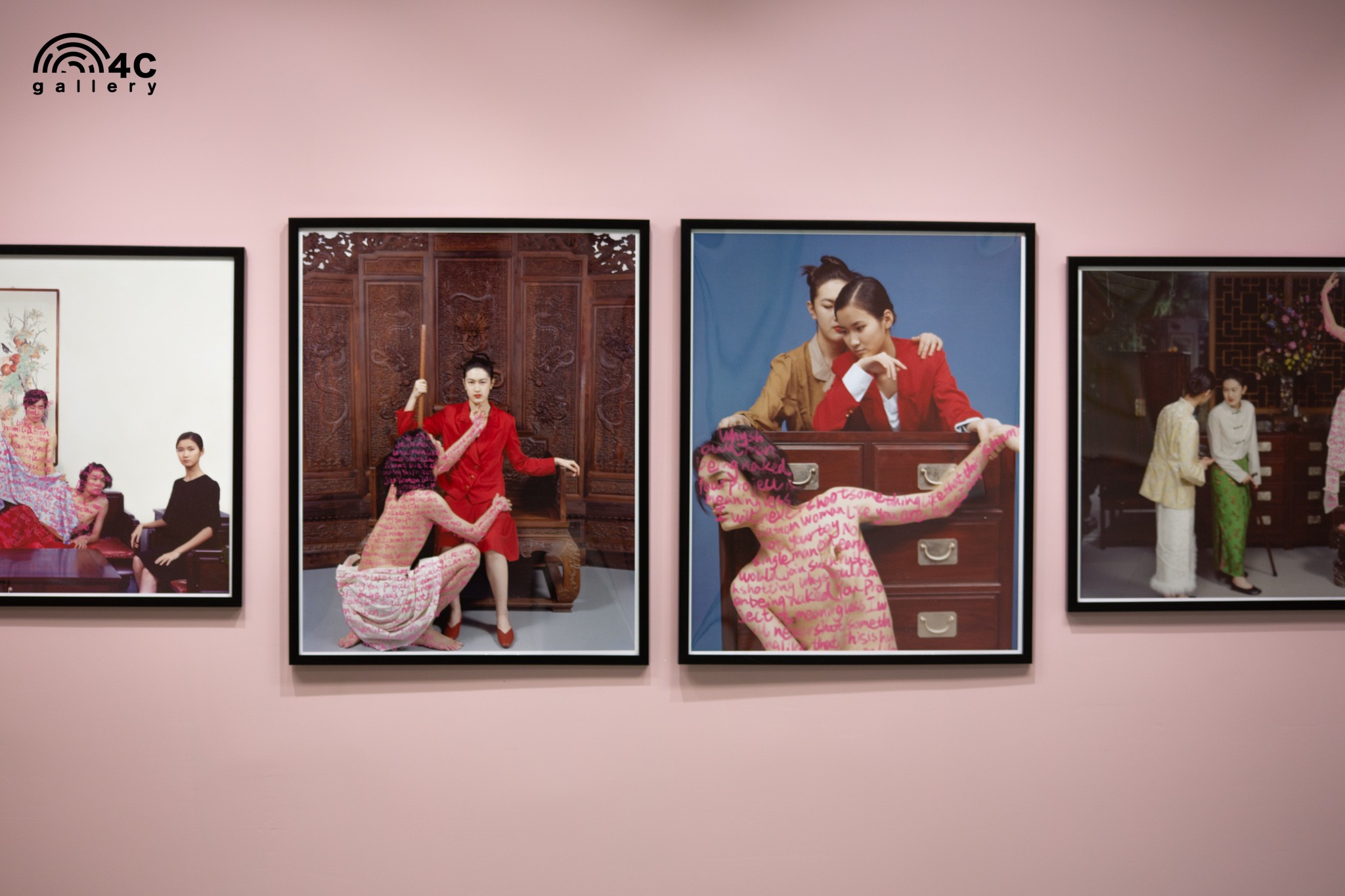
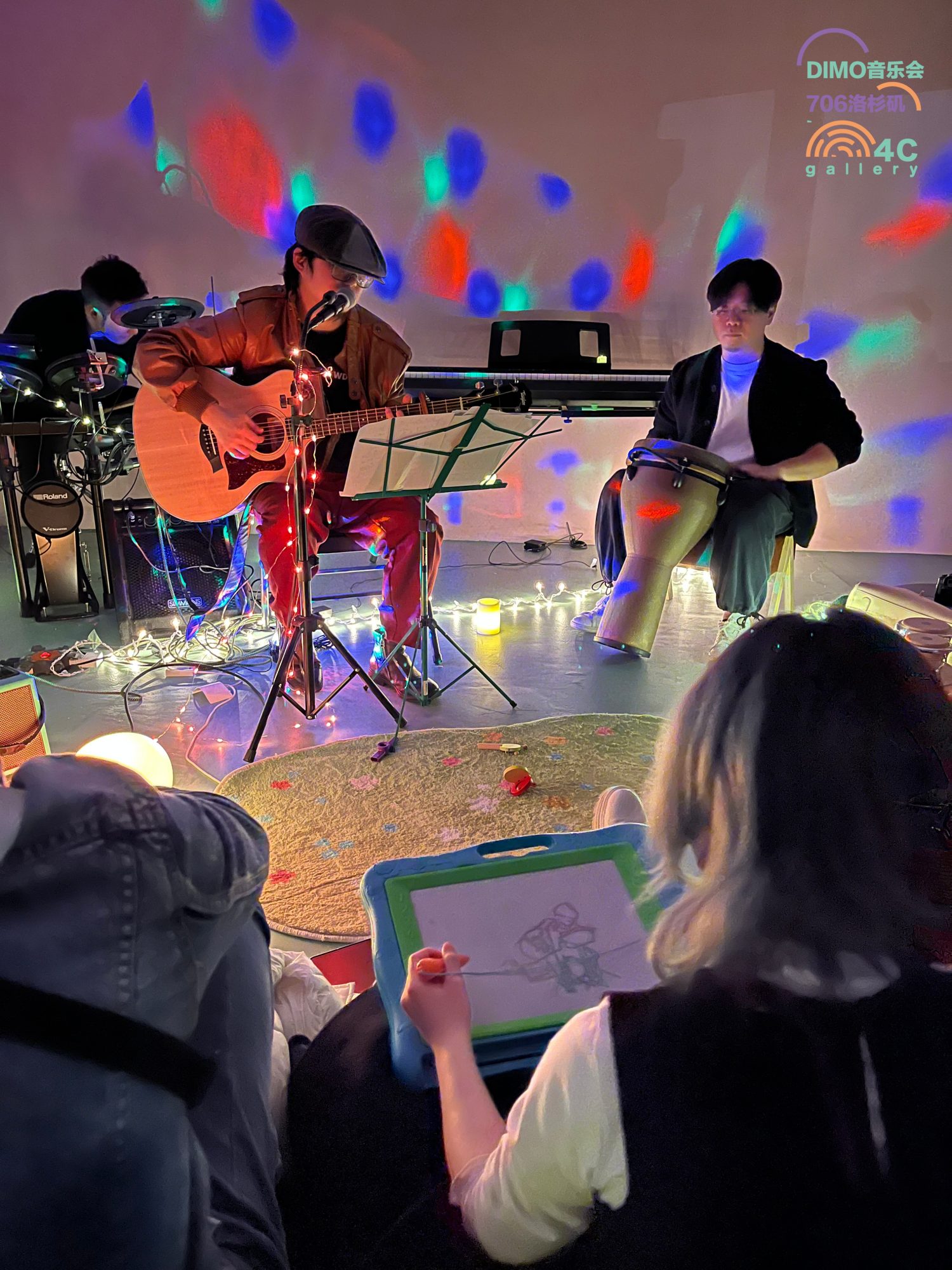
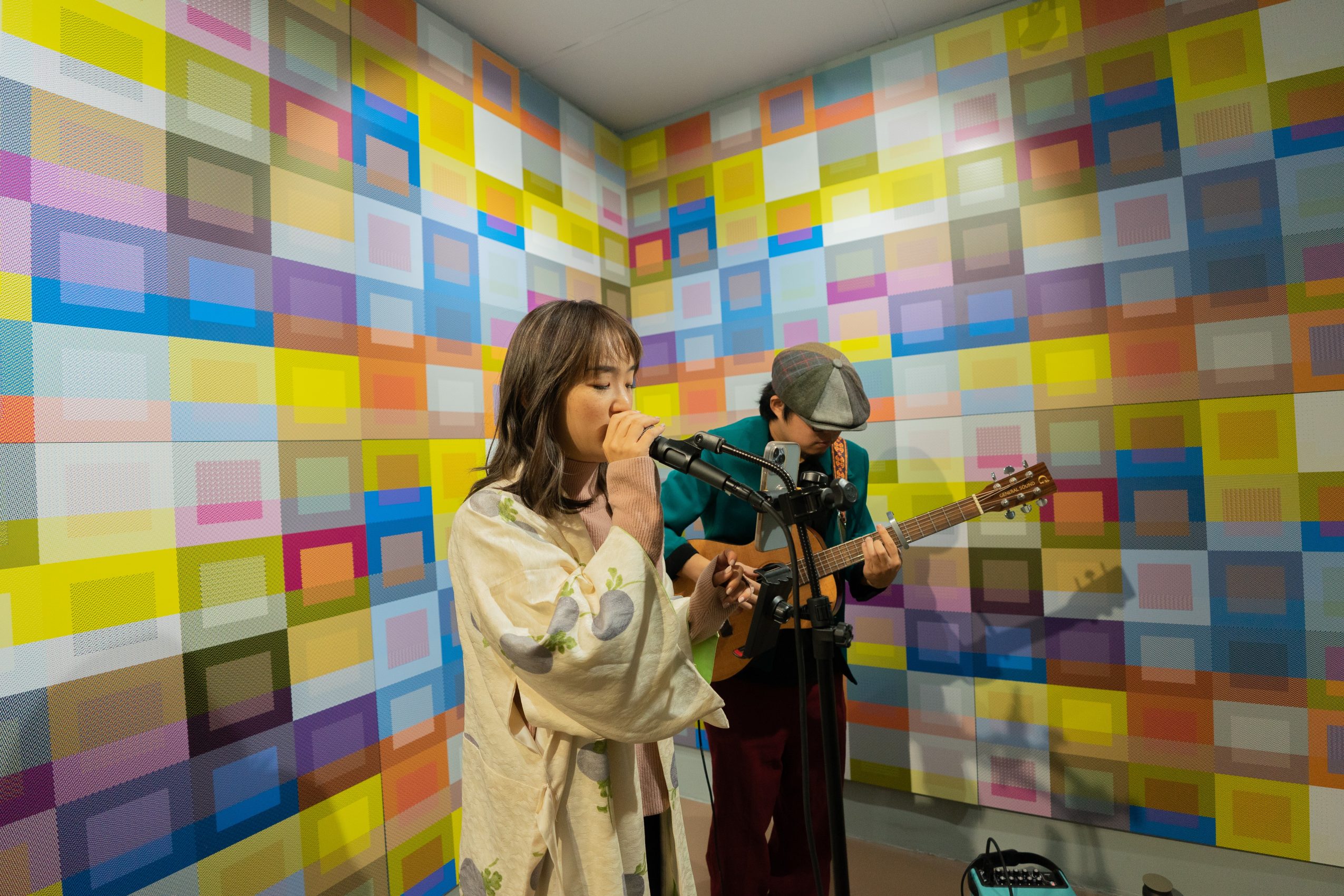
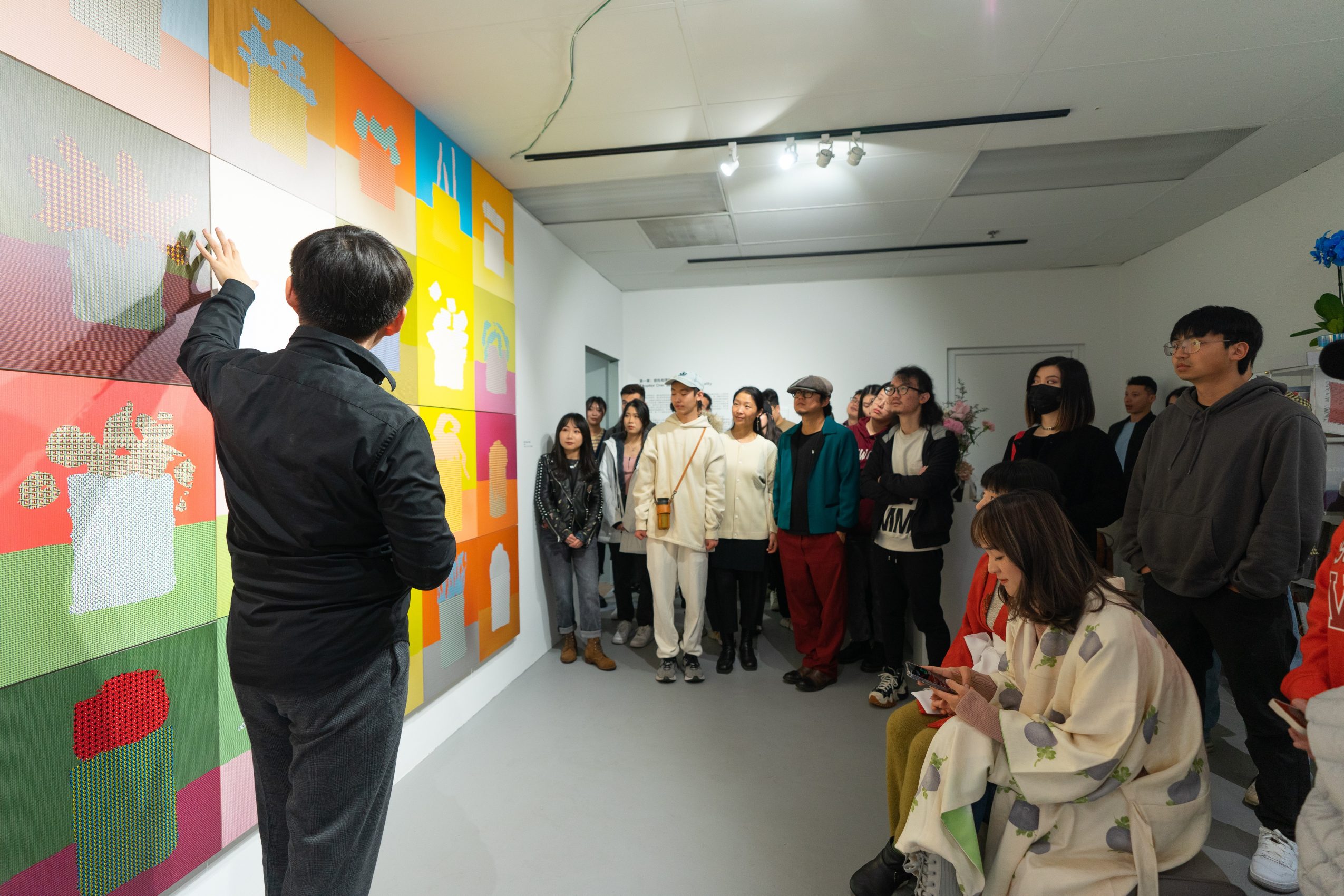 Image Credits
Image Credits
4C Gallery














